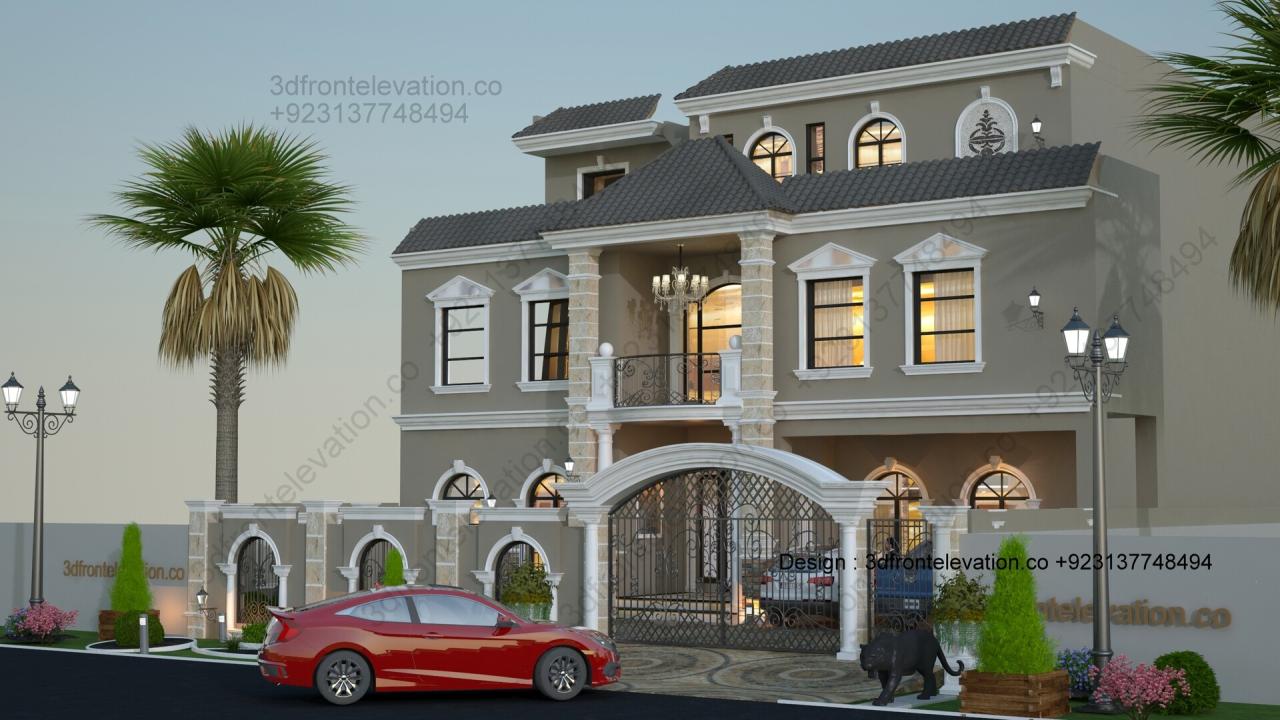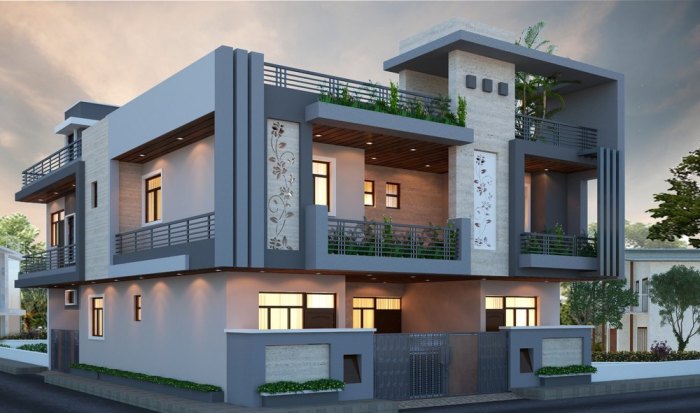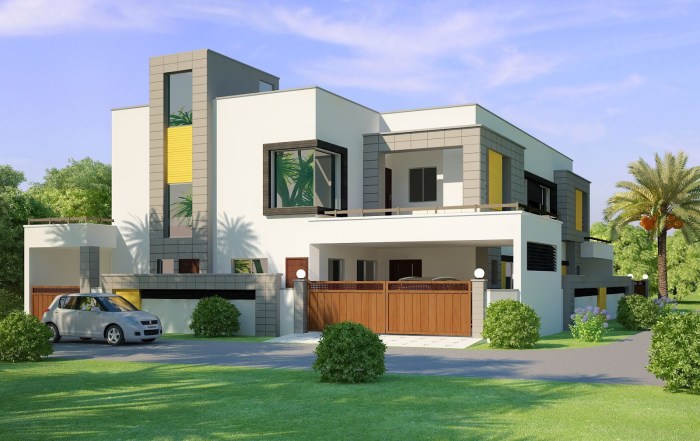In today’s digital landscape, the front design of websites and applications plays a pivotal role in captivating users and establishing a strong brand presence. From color schemes to typography choices, every element contributes to creating a seamless user experience. Let’s delve into the world of front design and explore the elements that make it truly effective.
As we navigate through the intricate details of front design, we uncover the essence of visual appeal and user engagement that can elevate any digital platform to new heights of success.
Importance of Front Design
Front design plays a crucial role in product development as it is the first thing users interact with when they encounter a product. A well-thought-out front design can make a significant impact on user experience and brand identity.
Impact on User Experience
Front design directly influences user experience by creating a visually appealing and intuitive interface. For example, a clean and organized front design can help users navigate the product easily, leading to a positive experience. On the other hand, a cluttered and confusing front design can frustrate users and drive them away.
Enhancing Brand Identity
Front design is also essential for enhancing brand identity. The front design elements such as colors, typography, and logos can convey the brand’s message and values to users. Consistent front design across all products and platforms can help build brand recognition and loyalty.
Elements of Effective Front Design
When it comes to creating a successful front design, several key elements play a crucial role in capturing the attention of the audience and conveying the desired message effectively.
Role of Colors in Front Design
Colors are an essential element in front design as they have the power to evoke emotions, convey brand identity, and create visual hierarchy. The choice of colors can influence how a design is perceived and can impact the overall user experience.
By selecting the right color palette, designers can establish a strong visual identity and ensure that the message resonates with the target audience.
Significance of Typography Choices in Front Design
Typography choices play a vital role in front design as they determine the readability, tone, and overall aesthetics of the design. The selection of fonts, font sizes, and spacing can greatly impact the way information is perceived and understood by the audience.
By choosing appropriate typography, designers can enhance the visual appeal of the design and ensure that the content is presented in a clear and organized manner.
Trends in Front Design

Front design for websites and applications is constantly evolving, with new trends emerging to meet the changing needs and preferences of users. Let’s explore some of the current trends in front design and how they compare to traditional approaches.
Responsive Design
Responsive design is a key trend in front design, ensuring that websites and applications adjust seamlessly to different screen sizes and devices. This modern approach allows for a consistent user experience across all platforms.
Typography Focus
Modern front design trends often prioritize typography, using bold fonts and creative layouts to make a strong visual impact. This shift from traditional text-heavy designs adds a dynamic and engaging element to websites and applications.
Dark Mode
Dark mode has gained popularity in recent years as a modern front design trend. This feature not only reduces eye strain in low-light environments but also adds a sleek and sophisticated aesthetic to websites and applications.
Microinteractions
Microinteractions are small animations or visual cues that enhance user engagement and create a more interactive experience. This trend in front design adds a layer of delight and functionality, setting modern designs apart from traditional static interfaces.
Influence of Minimalism
The influence of minimalism in front design cannot be understated. Modern trends often favor clean and simple layouts, focusing on essential elements and removing clutter for a more streamlined and user-friendly experience.
Front Design Best Practices

When it comes to front-end design, there are several best practices that can help create visually appealing and user-friendly websites. These practices not only enhance the aesthetics of a website but also contribute to a better user experience.
Tips for Creating a Visually Appealing Front Design
Creating a visually appealing front design involves paying attention to various elements such as color schemes, typography, layout, and images. Here are some tips to help you achieve an attractive front design:
- Choose a cohesive color palette that aligns with your brand and creates a visually pleasing experience for users.
- Use readable fonts and maintain consistency in typography throughout the website.
- Ensure a clean and organized layout that makes it easy for users to navigate and find information.
- Incorporate high-quality images and graphics that enhance the overall look of the website.
- Pay attention to spacing and alignment to create a balanced and harmonious design.
Importance of Responsive Design in Front-End Development
Responsive design is crucial in front-end development as it ensures that websites are optimized for various devices and screen sizes. With the increasing use of mobile devices, having a responsive design allows websites to adapt seamlessly to different resolutions, providing a consistent user experience across all platforms.
Impact of Accessibility Considerations on Front Design Decisions
Accessibility considerations play a significant role in front design decisions as they ensure that websites are inclusive and usable for all individuals, including those with disabilities. Designing with accessibility in mind involves implementing features such as alt text for images, keyboard navigation, and color contrast ratios to make content accessible to all users.
Conclusion

In conclusion, front design is not just about aesthetics but also about functionality and user-centricity. By implementing the best practices and staying abreast of current trends, developers can create front-end experiences that leave a lasting impact on users. Let your front design be a reflection of your brand’s identity and ethos, setting you apart in the digital realm.
Key Questions Answered
Why is front design important?
Front design is crucial as it directly impacts how users interact with a product, influencing their overall experience and perception of a brand.
How can colors affect front design?
Colors play a vital role in evoking emotions, conveying messages, and establishing brand identity in front design.
What are some current trends in front design?
Some current trends include dark mode designs, 3D elements, and minimalist interfaces that prioritize simplicity and clarity.
Why is responsive design important in front-end development?
Responsive design ensures that websites or applications adapt seamlessly to different devices and screen sizes, providing a consistent user experience.
How do accessibility considerations impact front design decisions?
Accessibility considerations ensure that front designs are inclusive and usable by individuals with disabilities, enhancing user experience for all.














